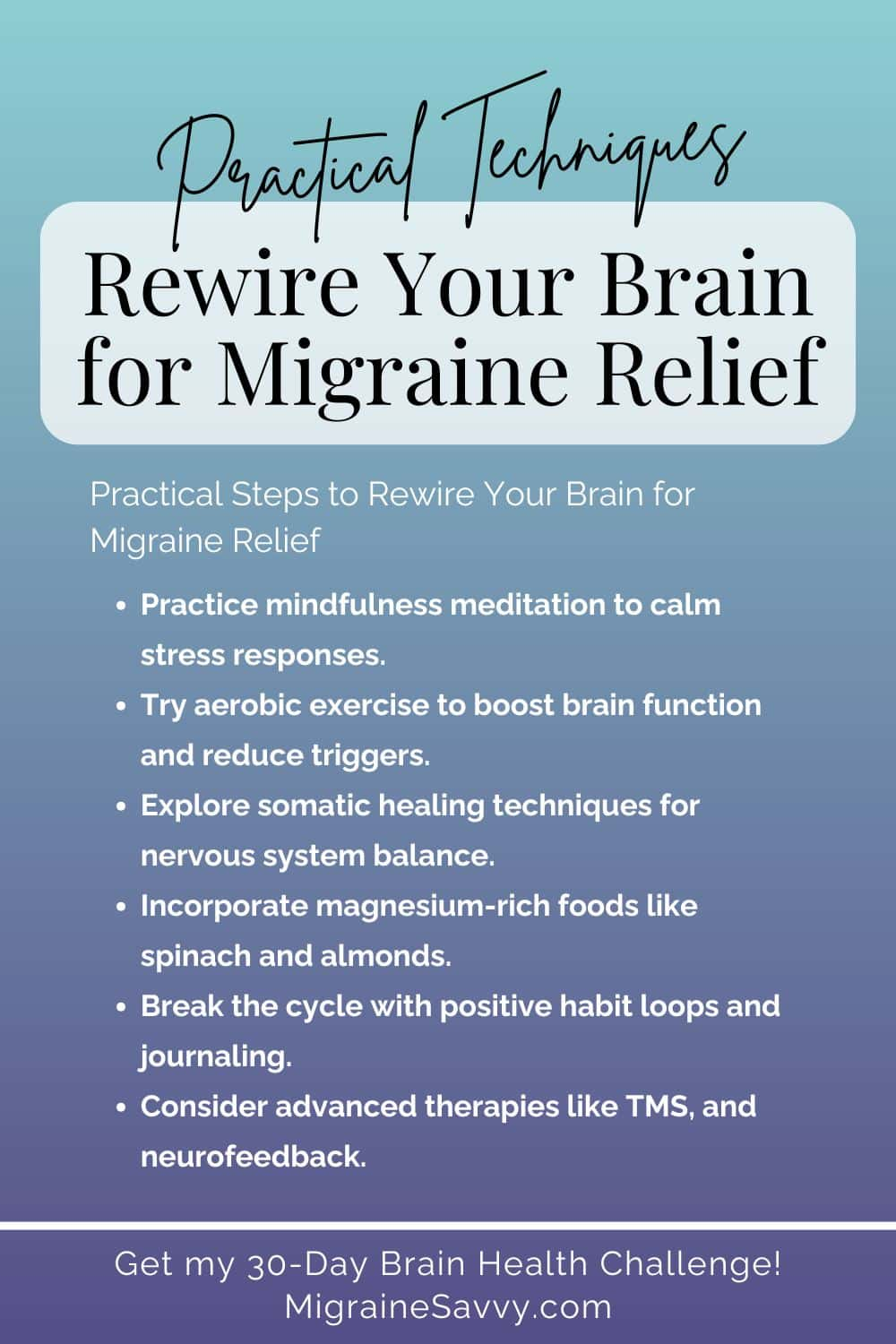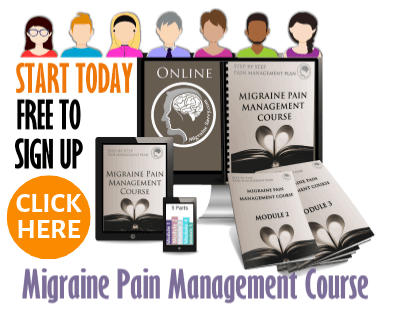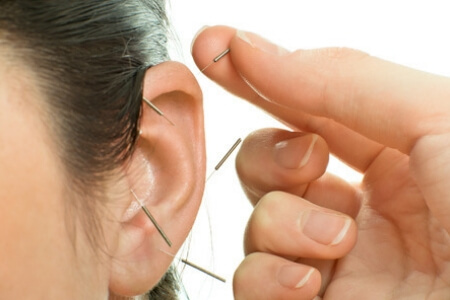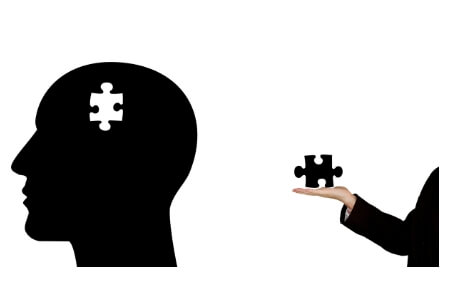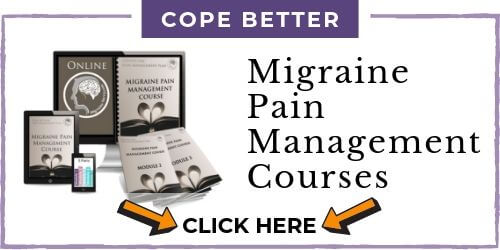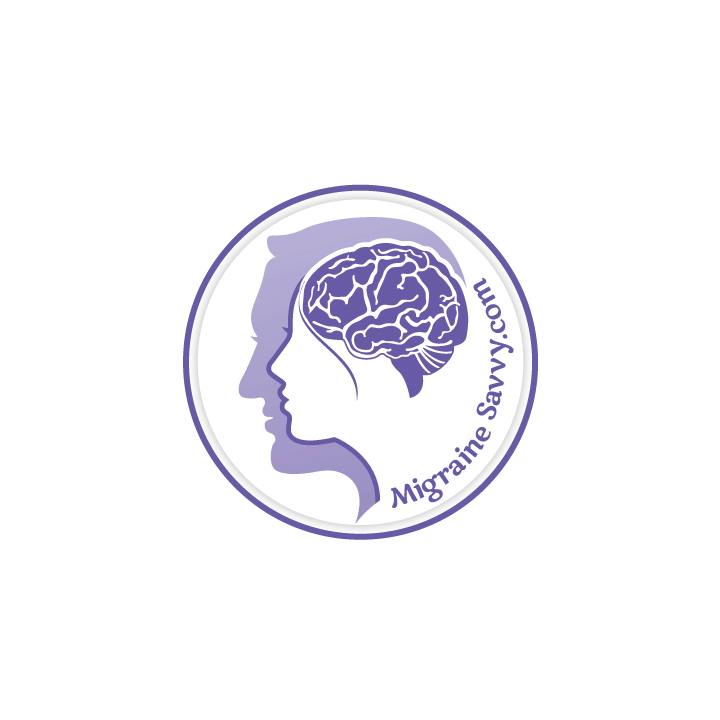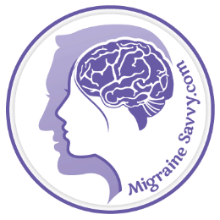- Home
- Alternative Treatments
- Biofeedback and Migraines
COMPLETE MAGNESIUM SUPPORT
My Top Choice - Magnesium Breakthrough - The ONLY supplement with all 7 essential magnesium types in one formula. Most only have 1-2 types, leaving you deficient.
Biofeedback and Migraines: What Is Biofeedback and How Does It Work?
The good news is that biofeedback and migraines can go hand in hand to reduce stress and prevent your disabling attacks. And it’s been very successful for helping children learn to reduce their attacks as well. However, it can be hard to find a psychologist or migraine specialist who uses biofeedback and it can get expensive.
Here are a couple of other options for you to consider if you're not quite ready to spend $120 (or more) a pop to learn biofeedback with a trained therapist.
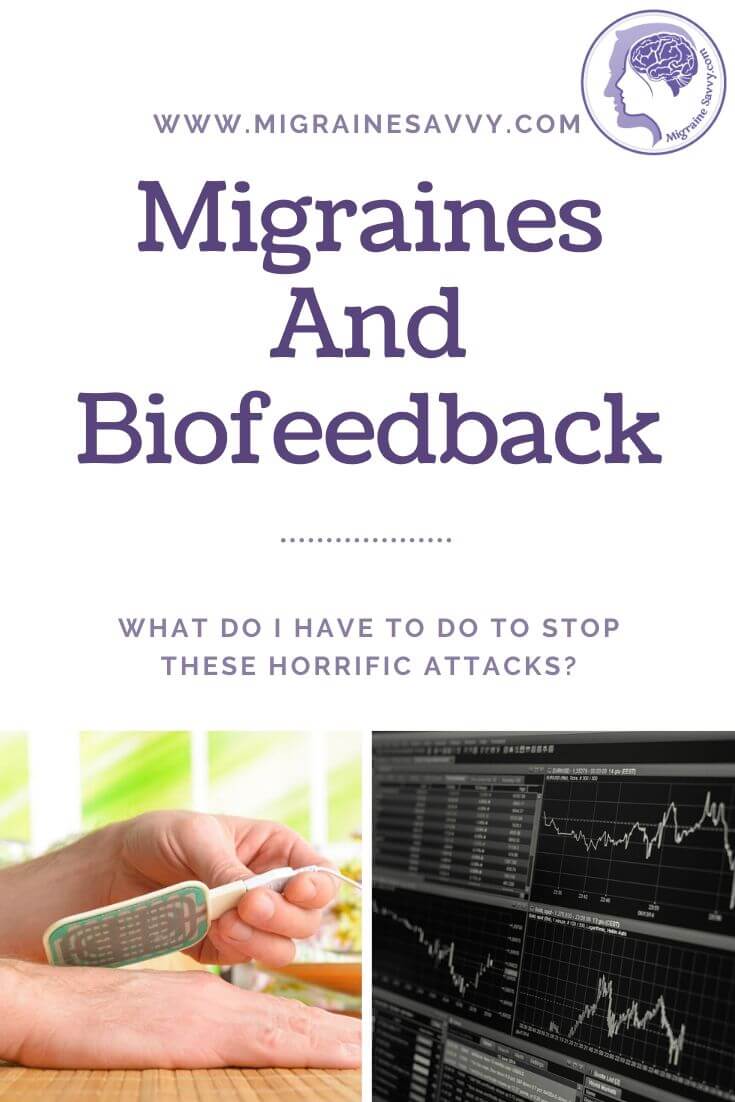 Biofeedback and Migraines. Training might help reduce your migraines. You will have to persevere and learn the practice @migrainesavvy
Biofeedback and Migraines. Training might help reduce your migraines. You will have to persevere and learn the practice @migrainesavvyBiofeedback is commonly used with a guided meditation and is proven to be most effective... for some migraine sufferers but not all.
Need some stress management too?
More good news is that this might be much easier and
more fun than most of the other things you've tried to rid yourself of your relentless, horrific migraines.
However, as in learning anything new, great patience is often needed so you may just have to persevere learning this as an adult.
Biofeedback devices have had very successful results for the prevention of childhood migraines in past studies. Children usually learn to use a biofeedback system much quicker and easier than adults do. So if you have kids that experience headaches or migraines, don't wait to try out a biofeedback system.
My #1 Choice in Magnesium Supplements
What Is Biofeedback and How Does It Work?
Biofeedback works on the assumption that your body has a "natural potential and ability to influence certain autonomic (involuntary) functions." [1]
Computers and computerized monitors assist you in learning and training yourself to use the programs to change your breath, body temperature and heart rate. I thought it would be impossible.
Once you master the resulting
relaxation and mind control - you can use it anywhere and any
anytime, with no further need for the equipment. (YAY!)
Biofeedback is a mind-body technique that involves using visual or auditory feedback to gain control over involuntary bodily functions. This may include gaining voluntary control over such things as heart rate, muscle tension, blood flow, pain perception, and blood pressure. This process involves being connected to a device with sensors that provide feedback about specific aspects of your body.
The Association for Applied Psychophysiology and Biofeedback defines biofeedback as a process that allows people to alter their physiological activity in order to improve health or performance. Utilizing precise measurement instruments, information about the body's functions are provided to the user.
They suggest: The presentation of this information—often in conjunction with changes in thinking, emotions, and behavior—supports desired physiological changes. Over time, these changes can endure without continued use of an instrument.
~ The Association for Applied Psychophysiology and Biofeedback [2]
The 3 Most Common Types of Biofeedback
Here are the three most common types of biofeedback:
Temperature biofeedback
You can hold onto or be attached to a temperature sensor on your finger or toe. When you are stressed out or anxious your skin temperature drops. The blood is redirected to the muscles and inner organs when you are stressed out. The sensor will be attached to a computer, and the computer screen will monitor the changes.
Galvanic skin response
Aka "lie detector"... yes, just like in
the movies! Electrodes are attached to your body (skin), a small hardly
detectable electrical charge runs through your skin and registers on the
machine. The machine actually uses the electrodes to measure changes
in your skins secretions (water and salt) from your sweat gland ducts.
This has proven effective in the past as the increased emotions can be
measured through the increase in sweat when under pressure.
Electromyogram (EMG)
This one is used for training us migraineurs how to use a biofeedback system. During training electrodes are placed on muscles in the forehead, jaw, and upper shoulders. You are meant to relax while the machine produces a tone or a light for each muscle group where tension is detected. It takes patience and perseverance.
Forming The Right Goals for Your Training Sessions
Your doctor or therapist might want you to have some specific goals for your training sessions, depending on the migraine diagnosis you receive.
My goal, of course, is to be completely migraine free forever. Might that be similar to yours?
Goal #1. To be completely migraine free FOREVER!
Be realistic with your expectations of this method. Your doctor will be happy if you simply reduce the occurrence of them thus reducing the medications you need to use.
You will also have physical goals like:
- Relaxing muscles and different muscle groups
- Breathing slower or
- Regulating your breathing
- Redirecting blood to the hands, to warm them
- Redirecting blood to the feet, to warm them
- Lowering your blood pressure
Other goals/benefits: increased concentration, increased attention span, and increased ability to focus.
Biofeedback is often used along with relaxation training, meditation, and imagery or visualization techniques.
Putting In The Time To Learn Biofeedback Training
One goal I didn't mention is the time you need to put into training if you want to use biofeedback to help prevent attacks. Just like meditation, 20 minutes twice every day is a good maintenance routine to work towards.
Some doctors will recommend three, ten minute sessions each day until you have results.
These work well for stress reduction:
Here Are My Top Recommendations:
As an Amazon Associate, I earn from qualifying purchases - affiliate disclosure.
Biofeedback and Migraines... In Conclusion
I'm up for trying anything that might help stop migraine attacks. There's good evidence supporting biofeedback and migraines. And some biofeedback devices or tens units are a cheap alternative to say regular acupuncture with $80 a session price tag.
However, these days I am more about evidence based treatments and while biofeedback with a professional therapist who specializes in migraine could be worth a trial, that could get expensive. But not as expensive as missing half your life due to disabling attacks.
There are targeted options like the Cefaly and gammaCore devices... but again expensive.
So finding a doctor or therapist trained in biofeedback and migraines is definitely worth a go. You can weigh up more of the pros and cons here - Pros and Cons of Biofeedback.
Be well and pain free,
Holly
WANT MORE TIPS? Subscribe to my newsletter and follow along on Facebook and Pinterest for all of the latest updates.
ALTERNATIVE MIGRAINE TREATMENTS Related Articles
How to be more MIGRAINE SAVVY right now...
Biofeedback and Migraines Reference:
1. Robert, T. (2005) Living Well with Migraine Disease and Headaches. Harper Collins Publishers: New York. pp. 155-156.
2. Very Well Mind (2019) What Is Biofeedback and How Does It Work? Available [online] at: https://www.verywellmind.com/what-is-biofeedback-2794875



